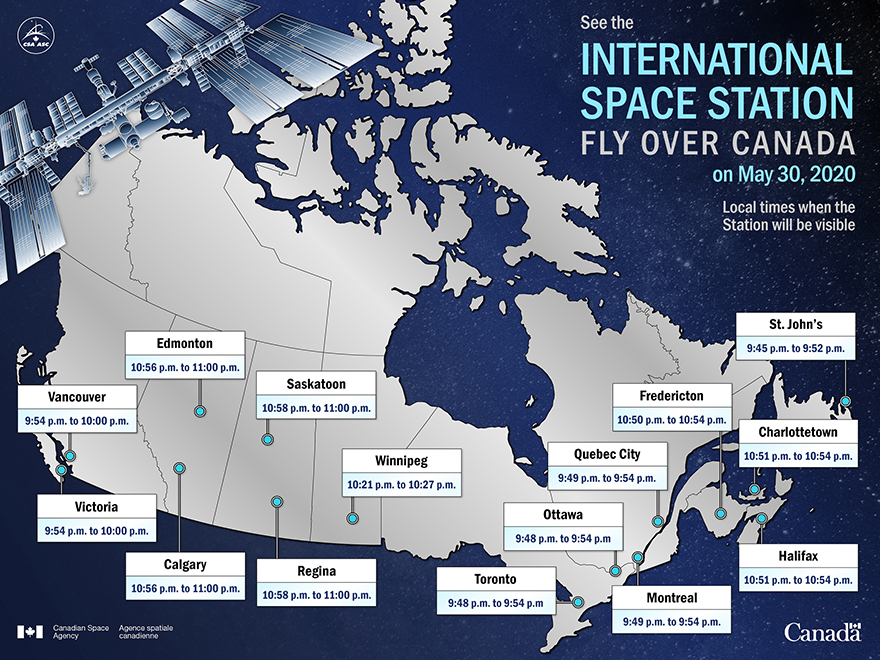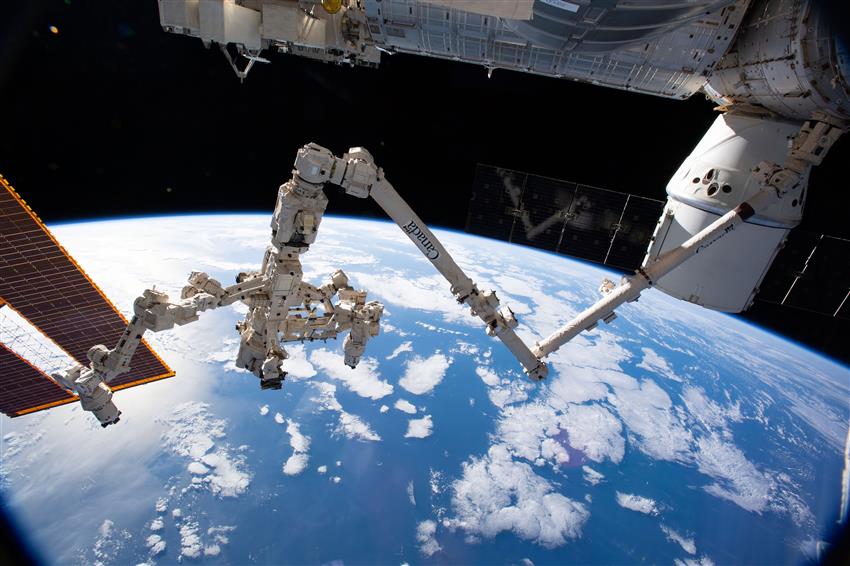First-ever autonomous operations for Canadian ISS robots Canadarm2 and Dextre

Credit: NASA
Since its installation on the International Space Station (ISS) in , Canadarm2 has performed hundreds of important tasks, including assembling the Station's modules, keeping the ISS in shipshape, and lending astronauts a hand during spacewalks.
Most of the time, the Station's iconic arm is operated by a joint team of robotics flight controllers working in tandem from Canadian Space Agency (CSA) headquarters in Longueuil, Quebec, and NASA facilities in Houston. During cosmic catches of unpiloted vehicles, astronauts aboard the Station use one of two robotic workstations to control the 17-metre-long arm.
But in late , Canadarm2 powered up with almost no human help. Instead, the robotic arm's sequence of tasks unfolded under the guiding hand of MAC, the Mobile Servicing System Application Computer. This new software allowed Canadarm2 to operate autonomously – powering up, moving freely in open space, latching onto a grapple fixture, and powering down – during a first series of successful commissioning activities.
Over time, MAC will drive Canadarm2 during increasingly complex tasks. CSA engineers have also begun to test MAC with Dextre, using the software to allow the most sophisticated space robot ever built to grasp and release fixtures and proceed autonomously through a power cycle. More testing is planned to take place over the coming months.
The software was developed by the CSA and MDA, the Canadian company that built the original Canadarm and its ISS-based successor.
The technology and expertise behind MAC represents a groundbreaking advance for Canadian space robotics on the Station and beyond. The MAC project has developed a standardized scripting language that can be used to automate future robotic systems.
In addition to pursuing innovation 400 km above Earth, Canada will build on its legacy of excellence in space robotics 1000 times farther from home by contributing Canadarm3, an autonomous robotic system, to the Lunar Gateway as part of Canada's role in the next chapter of Moon exploration.










